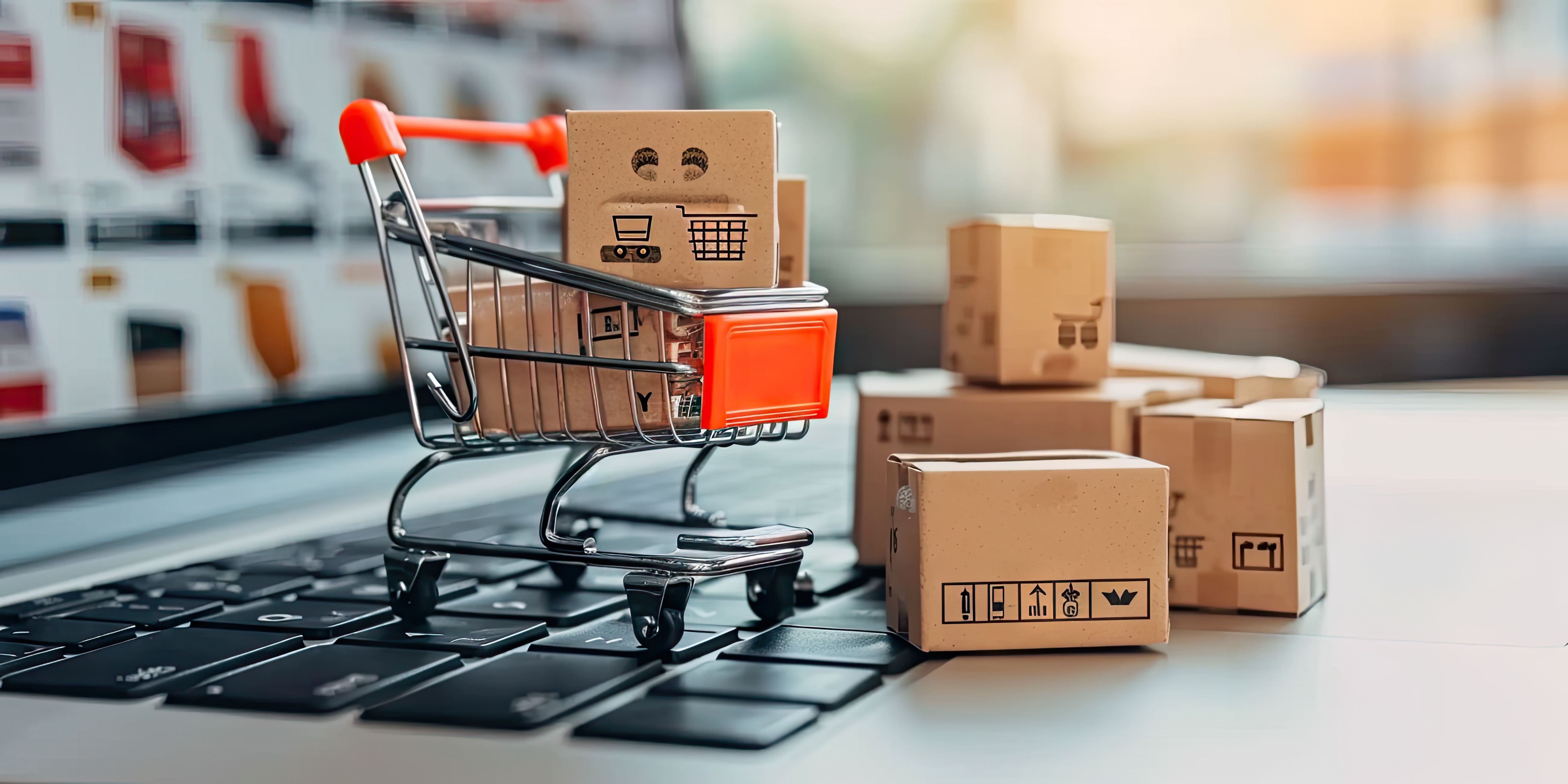- Home
- Resources
- Roi use cases
- Roi use case assessing new product launch
ROI USE CASE:
ASSESSING NEW PRODUCT LAUNCH PERFORMANCE
$1.7M ADDITIONAL SALES
Business Proposition
Accurately evaluate the success of a new product launch by identifying the source of business (e.g., current brand users vs. new customers, identifying client cannibalization and halos).
.jpeg)
Business Scenario
- Assume company annual revenues = $1B
- Assume number of company SKUs = 6,000
- The industry benchmark for new product launch failures = 75%.
- Use digital co-creation platforms to rapidly test new product ideas with consumers (e.g., social media-based focus groups).
- Try to optimize ROI on new product marketing spend by targeting efforts toward early adopter consumer segments.
- Deploy digital media to catalyze marketing from early adopters to drive sales (e.g., user reviews on websites).

SOLUTION AND RESULTS
Assuming 20%-25% of all products are new for the company and that VELOCITY® helps drive only ½ of 1% improvement, the client will gain $1.7M in additional sales for each $1B in revenue.
168k SALES per SKU
$1B in Sales / 6,000 Client SKUs
1,200 Add’l.
SKUs/YEAR
20% New Product SKUs x 6,000 SKUs
ONLY 300 SKUs
Successful SKUs
(Using industry benchmark of 75% failure rate of new product launches)
$1.7M
Additional Sales
(If RV increases number of successful new product introductions by 10)
TESTIMONIALS
“Retail Velocity and its VELOCITY® platform have been a real strategic asset for us. In addition to bringing on additional revenues, we also credit VELOCITY with our ability to give our customers tangible proof of our impact on their bottom line and prove our value to them over time. Our customers want to know how we can do all the things we do—how we provide the timely and accurate reporting no one else can. That's a huge competitive advantage, and we credit VELOCITY®."
-Vice President of Sales, National Sporting Goods Supplier
"VELOCITY® allows us to spot exceptions 10 times faster than our old system. It lets us take a 'snapshot' of every retail facility we serve across the country—at the store level—so we can instantly identify a low on-hand number or a high 'phantom' number. Because VELOCITY's exception-based reporting highlights these products for us, we can dig right into the data quickly and attack those numbers directly to determine specifically which SKUs and stores are problematic and then go in and provide a solution. And even though we have not added any new field sales staff, our service levels are much higher.”
-Account Manager, Large Consumer Goods Manufacturer
“The use of VELOCITY®, combined with some improved standard work processes, has enabled us to run this continuing data, reporting, and analytics challenge almost like a production facility. It's given us standard processes and practices, standard exception reports, and has allowed us to take corrective actions on a regular basis. To be a preferred supplier to our leading retail partners, we must continually improve their cash flow, sales, and profits. Retail Velocity has helped us achieve those goals."
-Product Supply Director, Global Consumer Goods Manufacturer
“It’s all about greater visibility. The VELOCITY® platform lets us share information internally and with retailers more quickly, which lets people make better decisions and react more quickly to sales opportunities or critical issues. For example, we’re able to easily identify a retailer’s top 200 stores and if there’s a sale next month, I can tell them that we should send these stores extra product because they ran out the last time. I can even identify a list of stores that don’t have any of our products on their shelves, and that’s really free money we don’t want to lose.”
-Senior National Account Manager, Global Home Essentials Company
“With VELOCITY®, we’ve created a much more efficient process that drastically reduces the time we spend getting and analyzing retail data. Because the process used to consume so much personnel time, sales and marketing teams sometimes went without having all the data they’d have liked to have. That doesn’t happen anymore.”
-Sr. Manager, Consumer Shopper Insights, Global Apparel Manufacturer